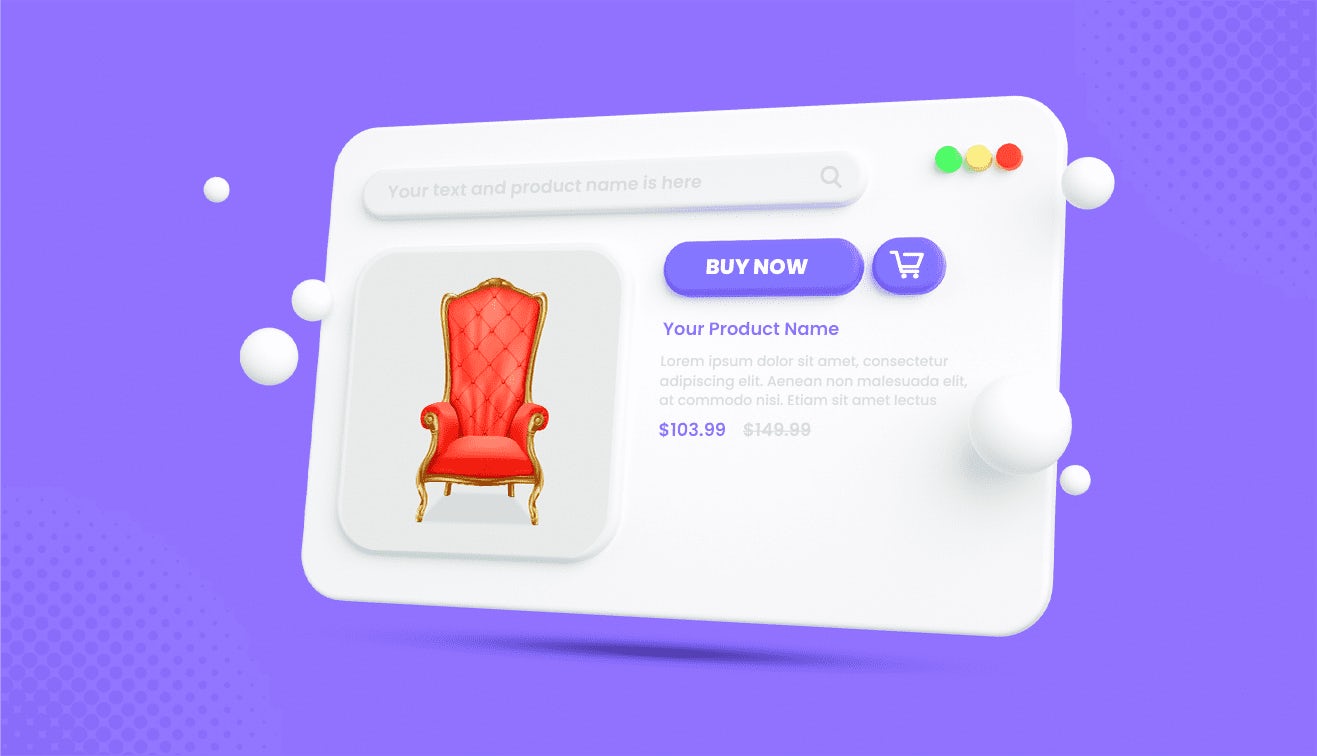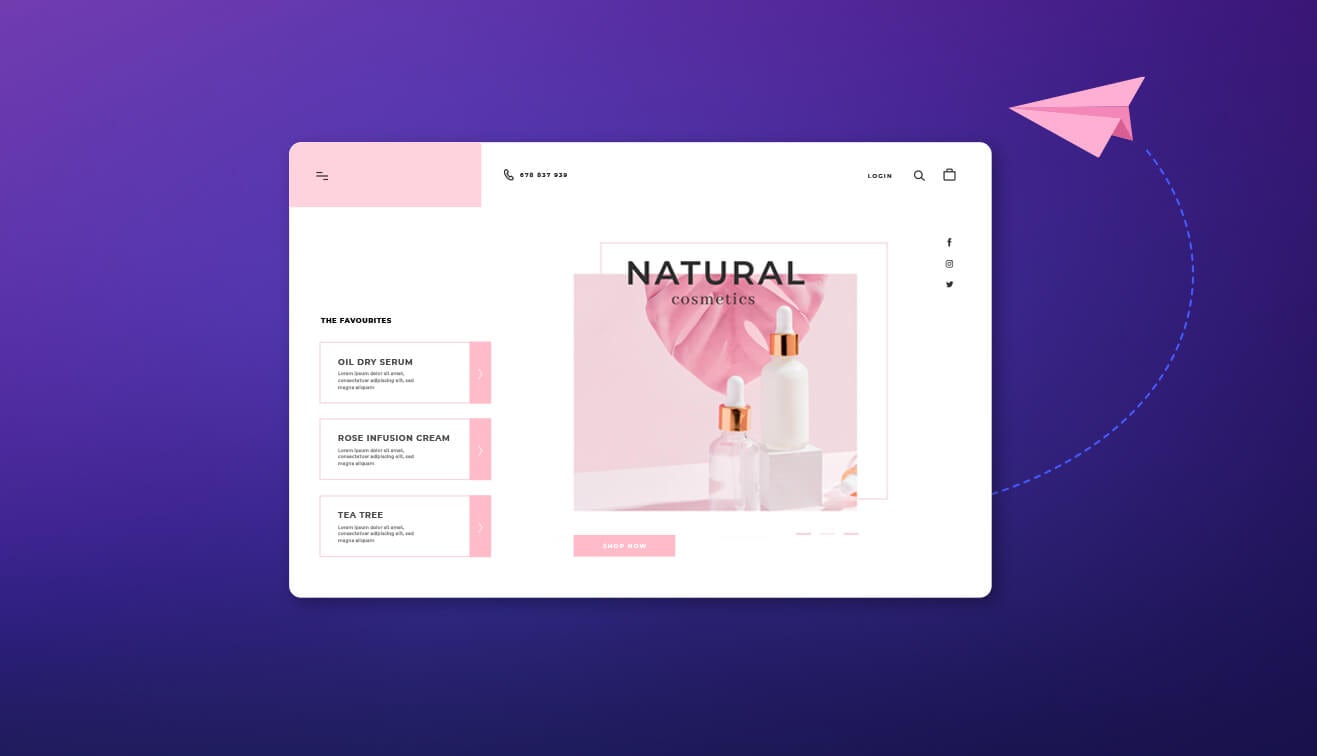In the early stages of eCommerce, businesses predominantly employed a full-stack approach, tightly integrating front and back-end systems to cater to desktop experiences. However, the market has evolved, demanding flexibility to adapt customer experiences across diverse channels like mobile devices, while ensuring a cohesive brand journey. Enter headless commerce architecture-an ideal solution for organizations aiming to innovate, iterate, and test e-commerce experiences.
But what exactly is headless commerce? Is your brand ready for Headless?
Come on! Let’s find out.
What is Headless Commerce?
Headless commerce enables the separation of the frontend and backend via APIs. This separation empowers businesses to customize and optimize the presentation layer (frontend) independently from backend functionalities.
By decoupling these elements, organizations can provide personalized and consistent user experiences across various channels, including websites, mobile apps, and emerging touchpoints such as smart devices or voice assistants.
Why Headless Commerce?
Headless commerce transcends the constraints of traditional systems by centralizing the API as the primary interface for interacting with distinct business systems. Administrators can enforce strict access controls on each system, authorizing only necessary personnel while limiting data accessibility through the API. With no backend database code entwined, front-end developers enjoy the freedom to customize layouts without constraints. Consequently, content and products are not confined to a single website or application; any internet-connected device can serve as a touchpoint.
As consumer expectations for brand interactions continue to rise, it is imperative for companies to embrace additional front-end flexibility if they have not already done so.
When you are Ready for Headless?
Is your brand prepared to transition to a headless approach? Does it align with your overarching business objectives?
Below are key inquiries we pose to retailers expressing interest in headless commerce. Your responses will aid in determining the readiness of your company to embrace a headless commerce solution.
1.Do your Business have multiple sales channels and touchpoints?
At the initial days of your business, you sell your product to limited channels due to less resources. But as your product catalogue and customer increase, you need to have multiple sales channels and touchpoints to sell your product. In this scenario, your business may require headless commerce.
2. Do you want to increase your site performance?
When you have a website, it becomes your responsibility to optimize it well to ensure faster page speed and provides a better user experience. This also results in increase page views, conversions and reduce bounce rates.
According to Google Research, if a website is taking more than three seconds to load, 53% of users will leave and move on to another site.
With headless commerce, you get a complete composable stack that helps you to:
- Choose best-in-class breed solutions. (open ecosystem)
- SEO-optimized plugins and themes.
- Increase page speed and reduce bounce rate.
- Provides agility and scalability.
Thus, if you want to enhance your website performance, headless commerce can be the right stack for your business.
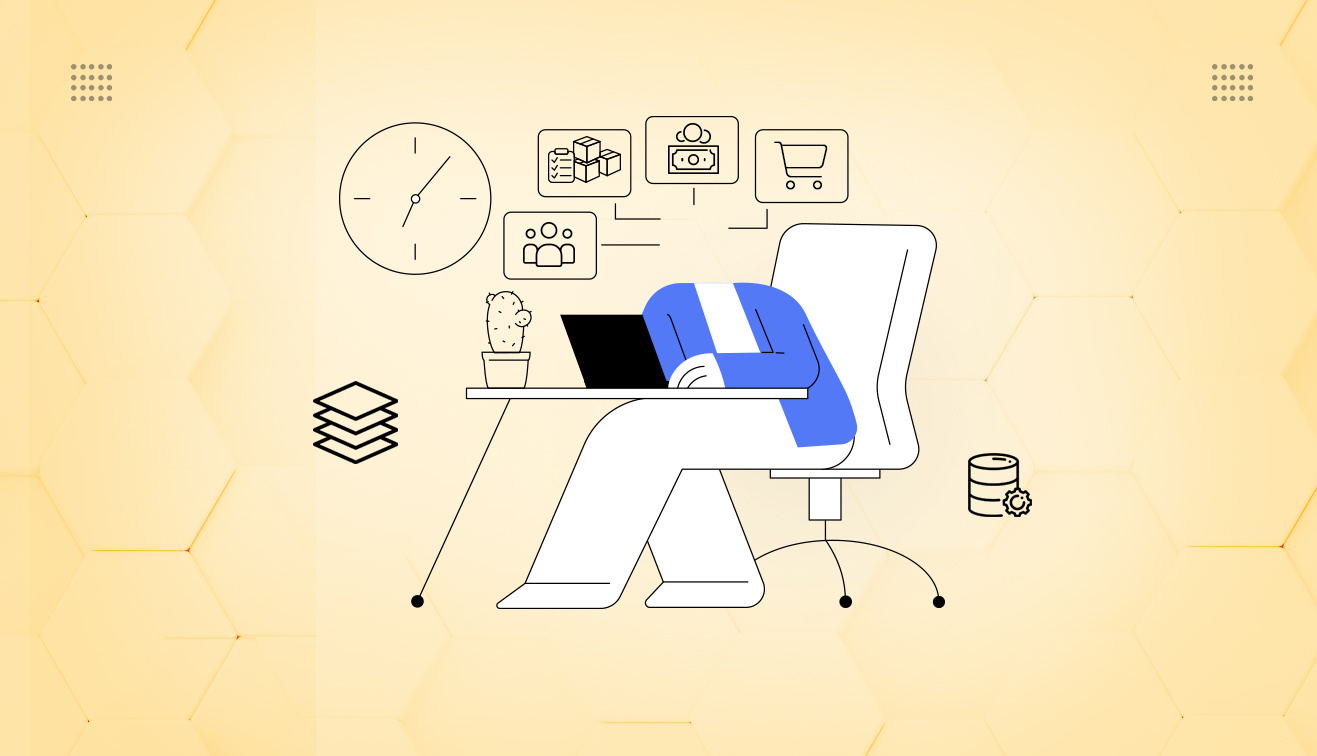
































































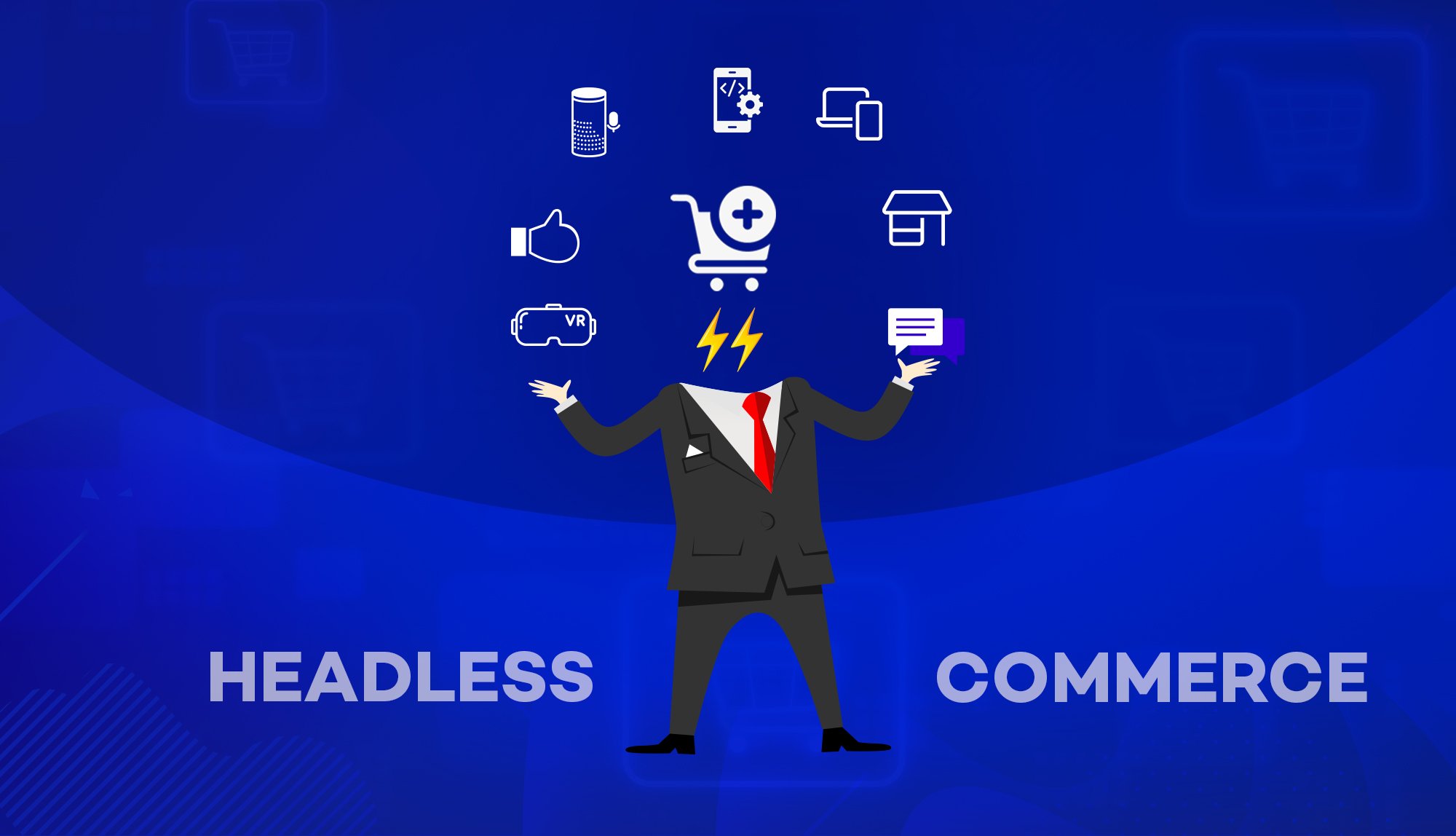
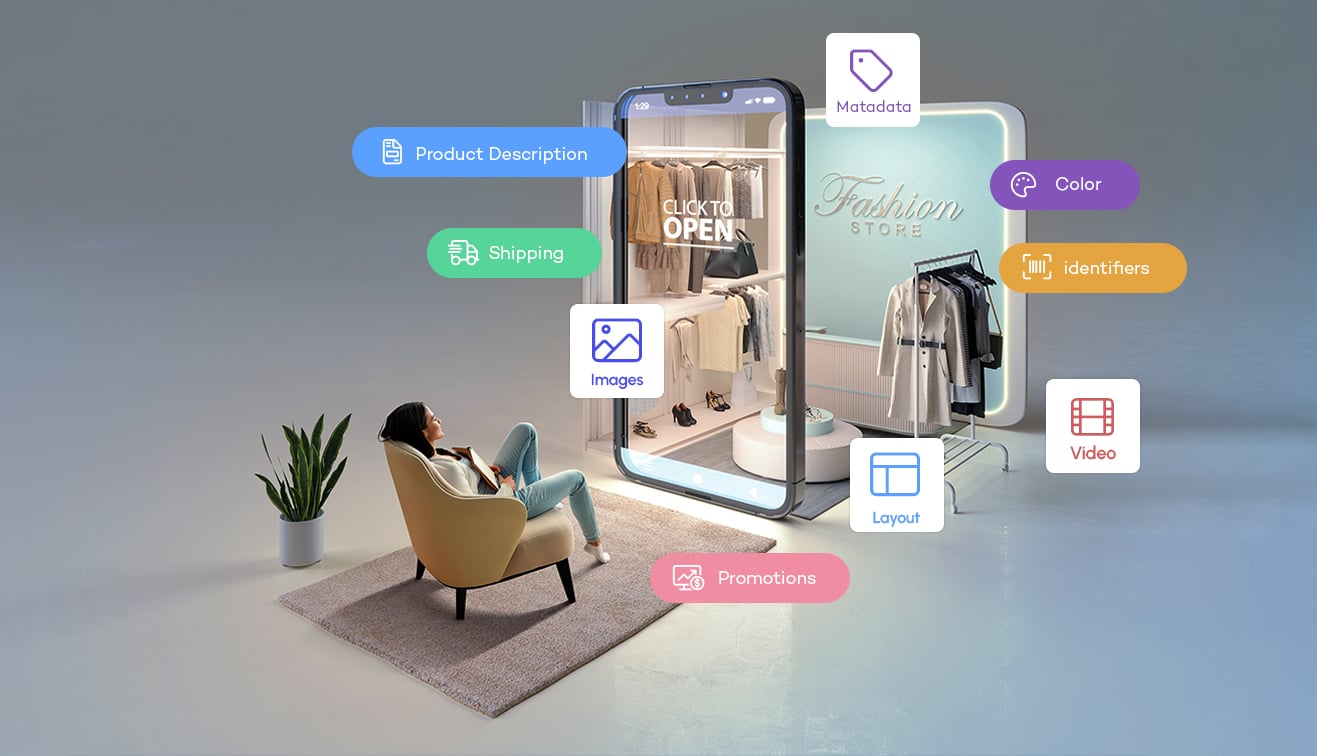
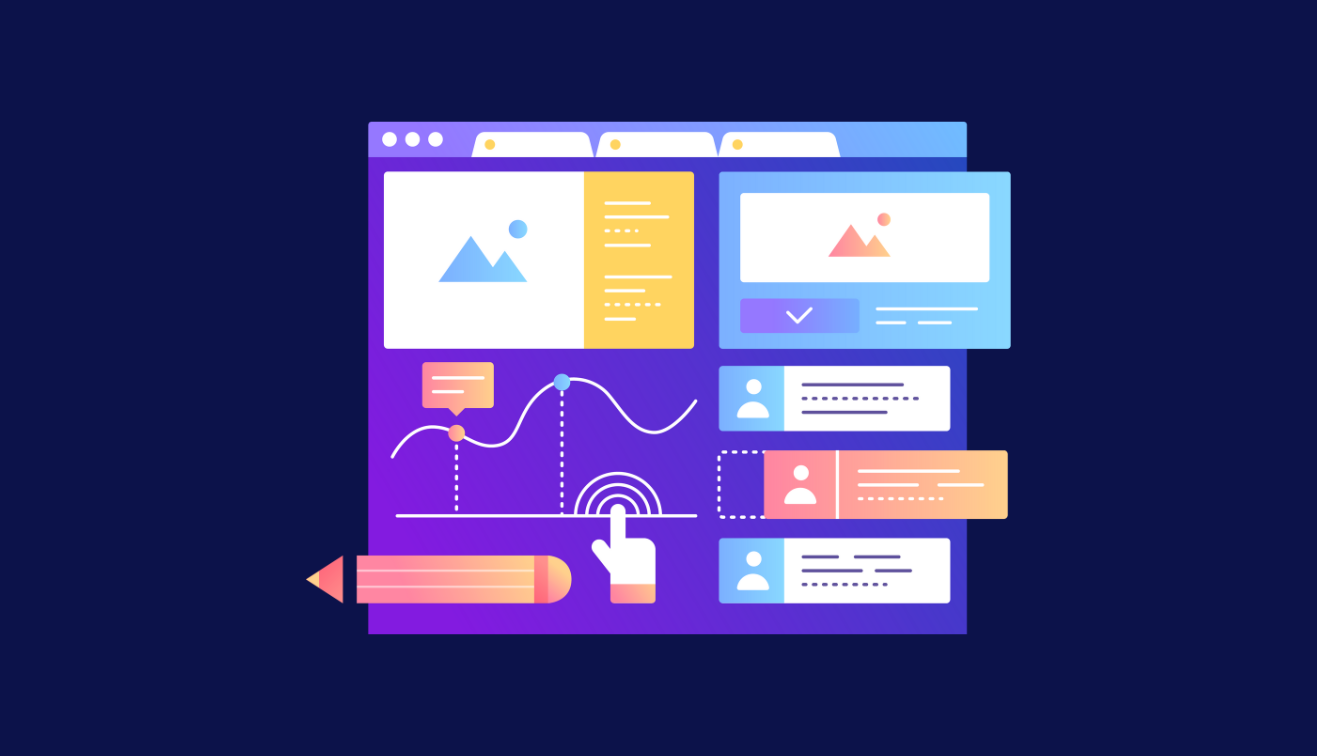
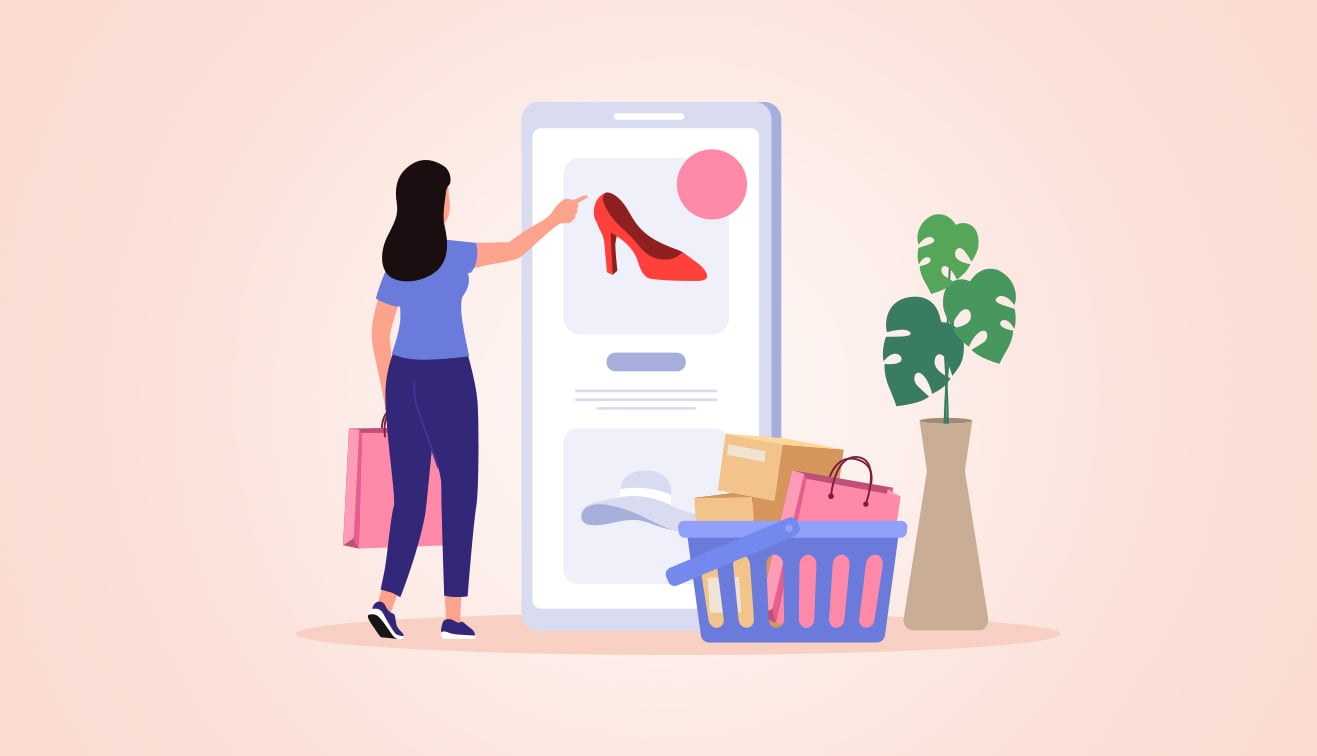

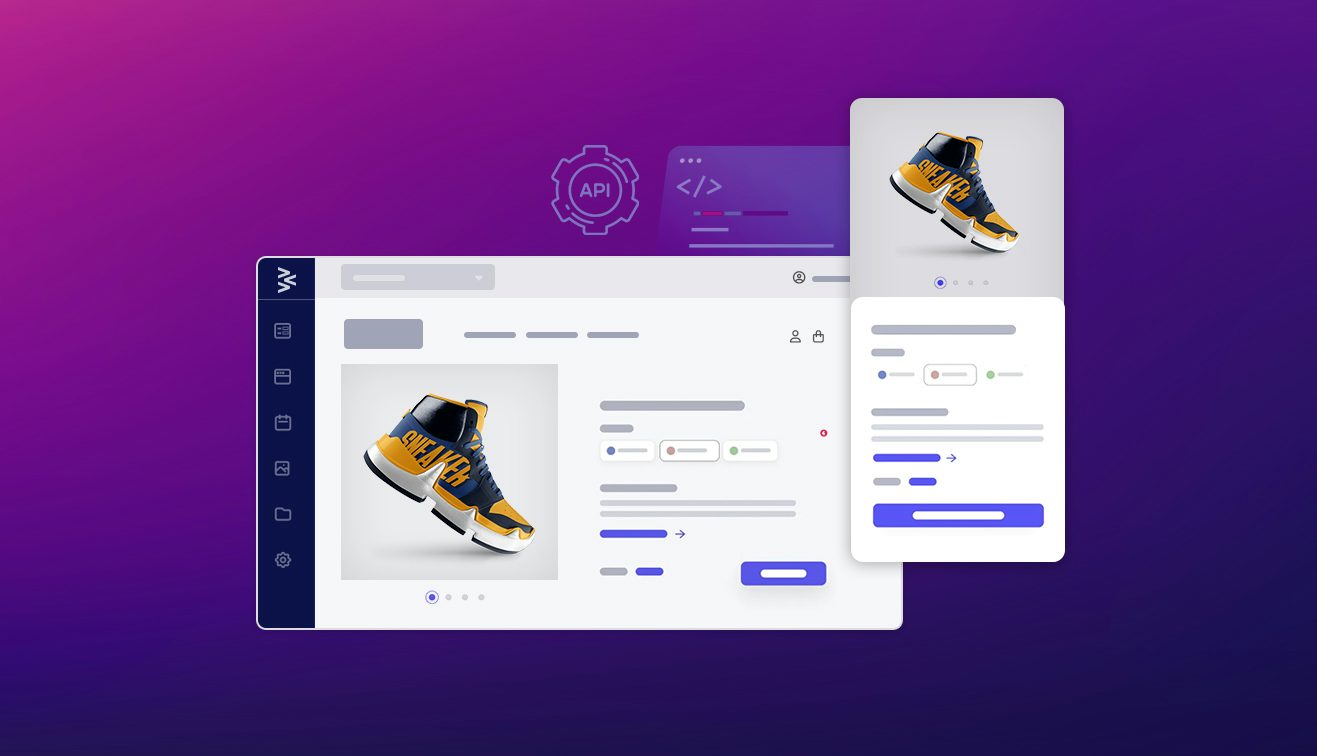

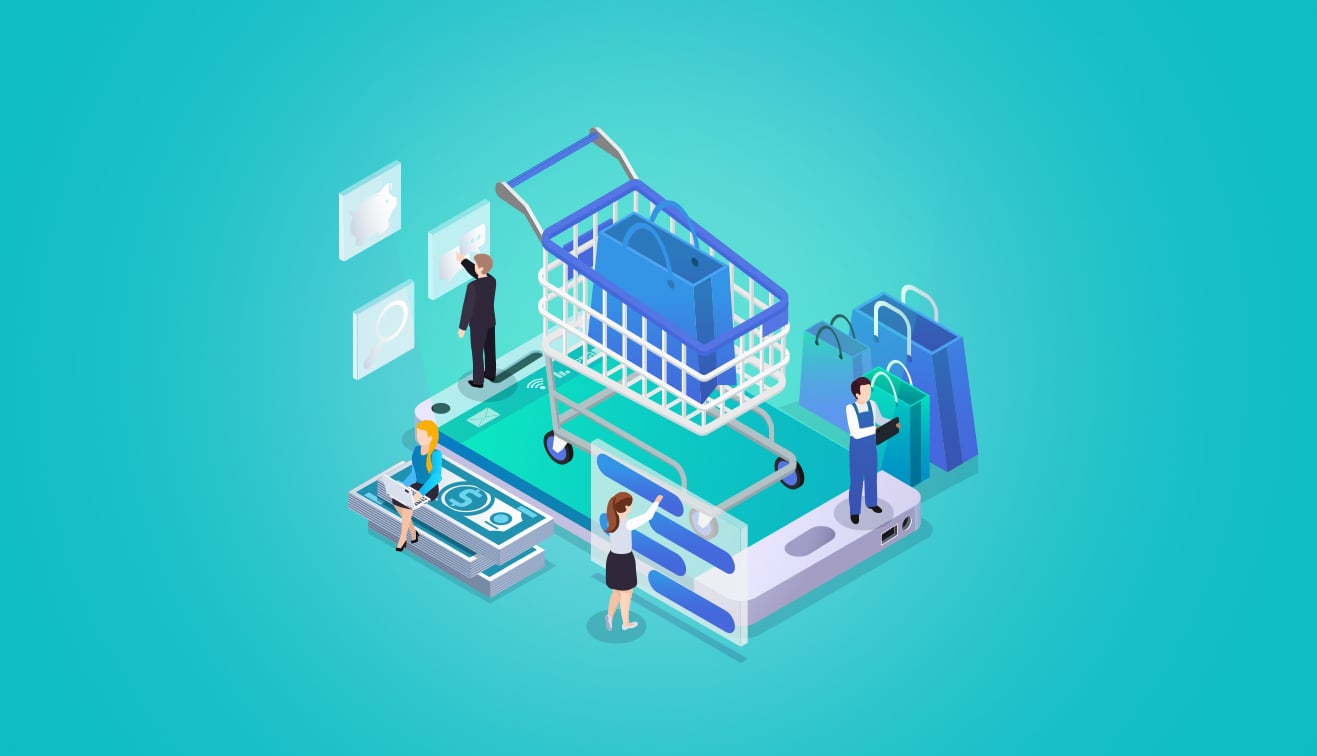
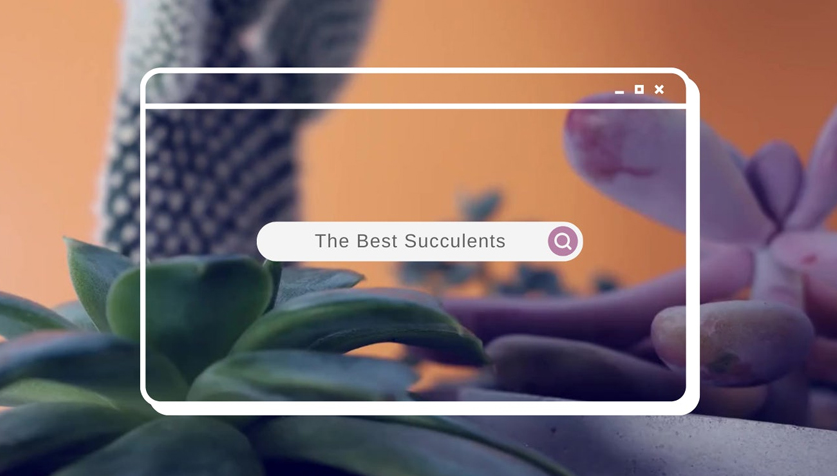
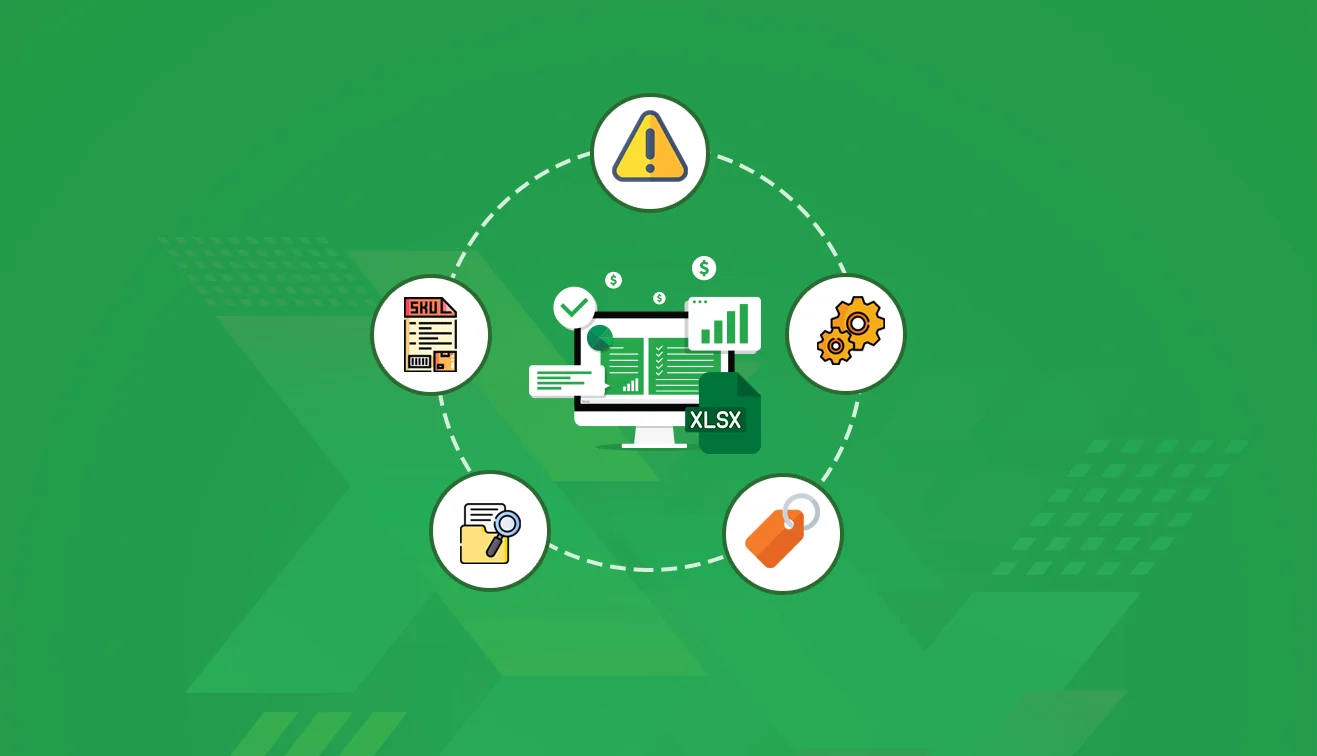
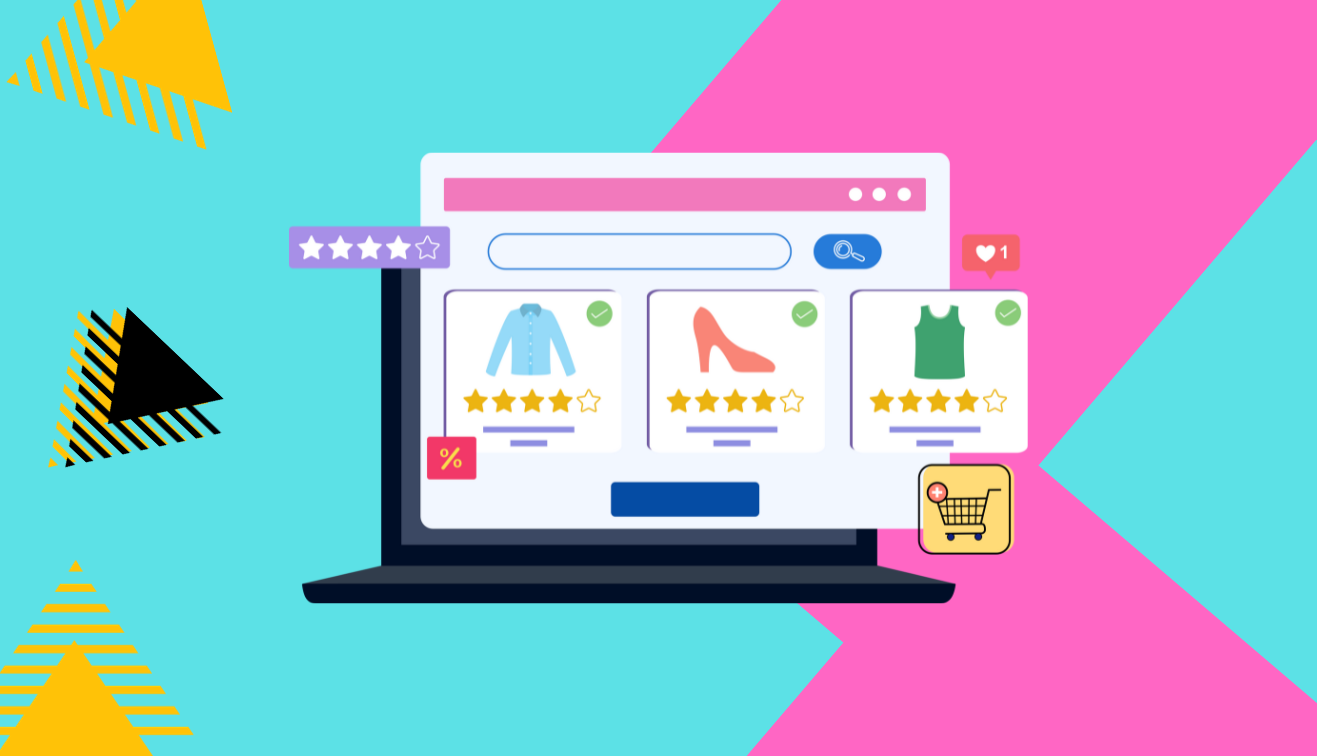
.jpg?w=3840&q=75)
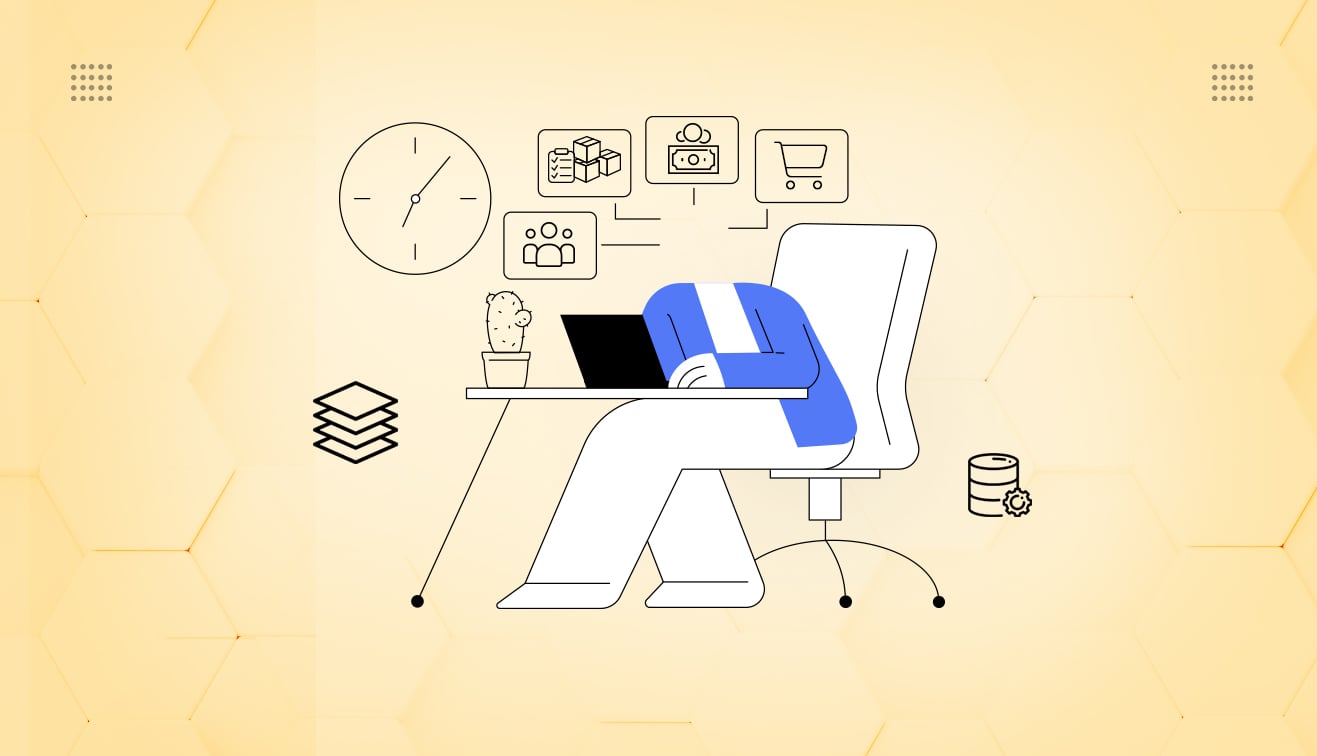

.png?w=3840&q=75)
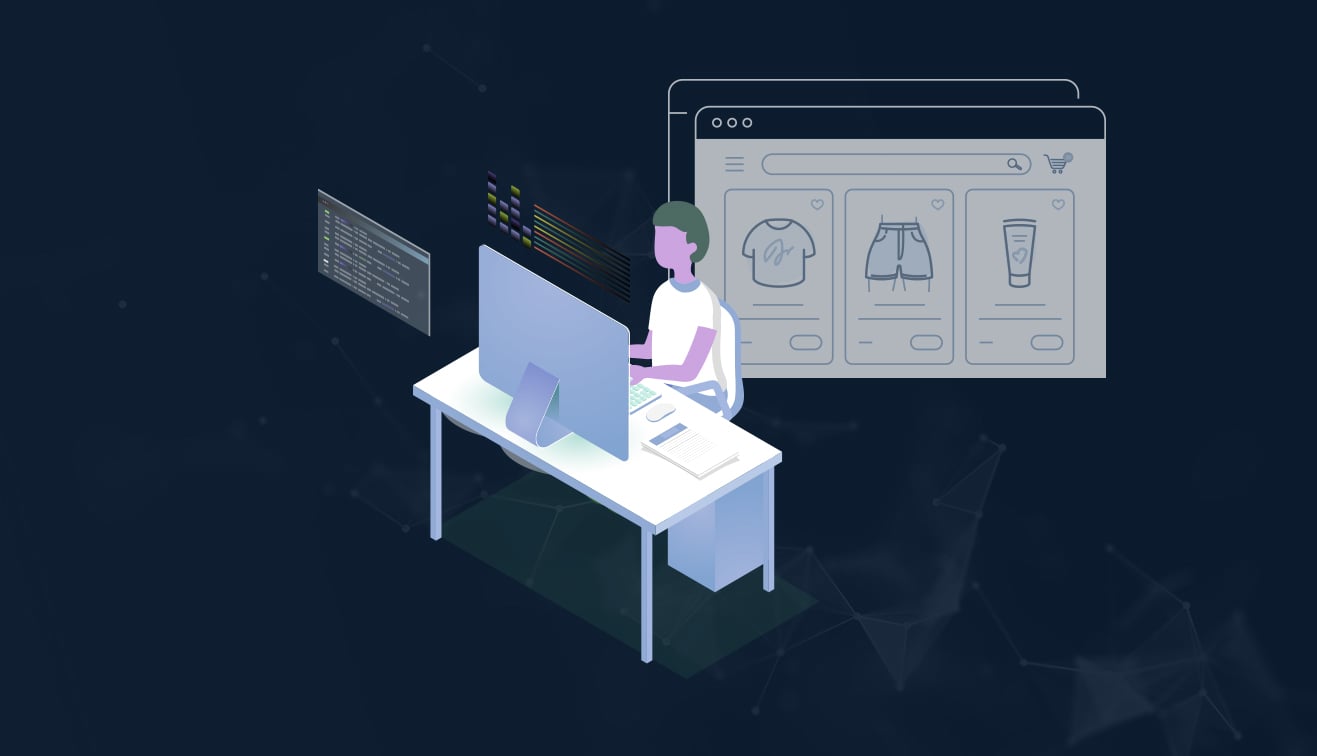
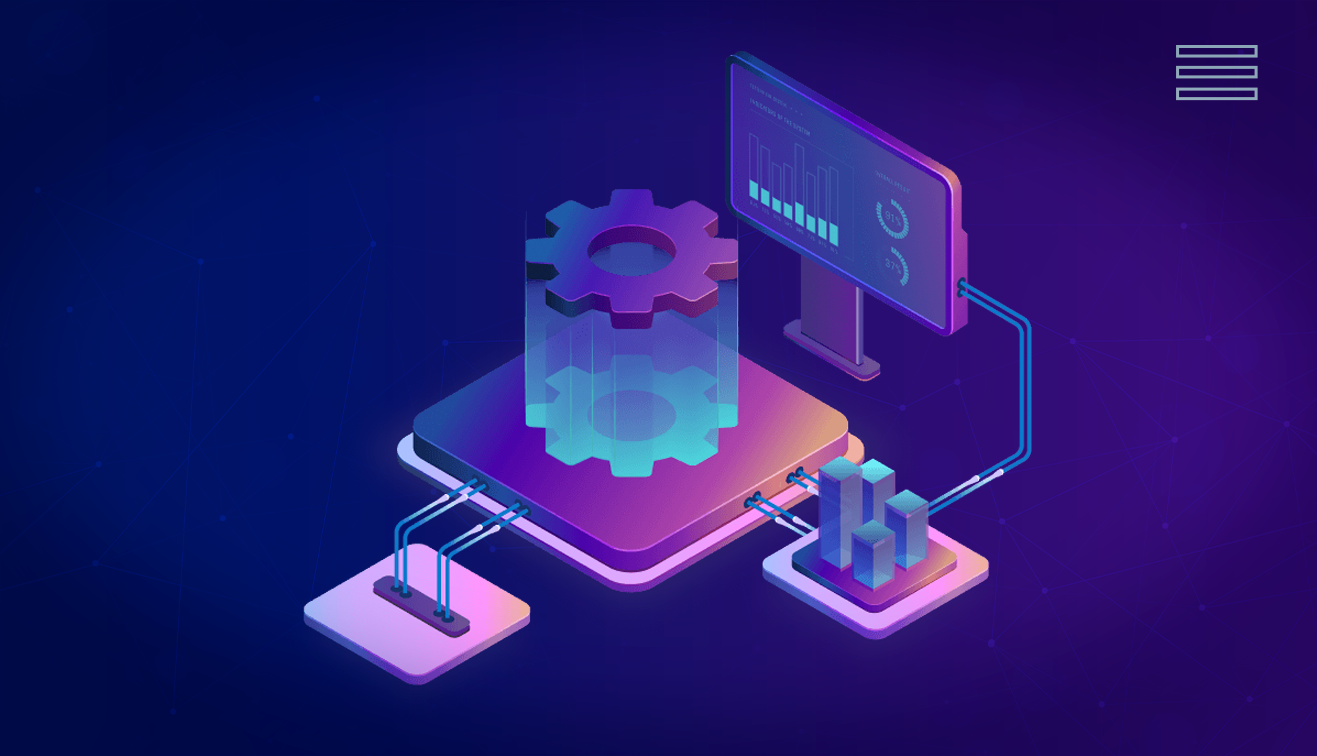
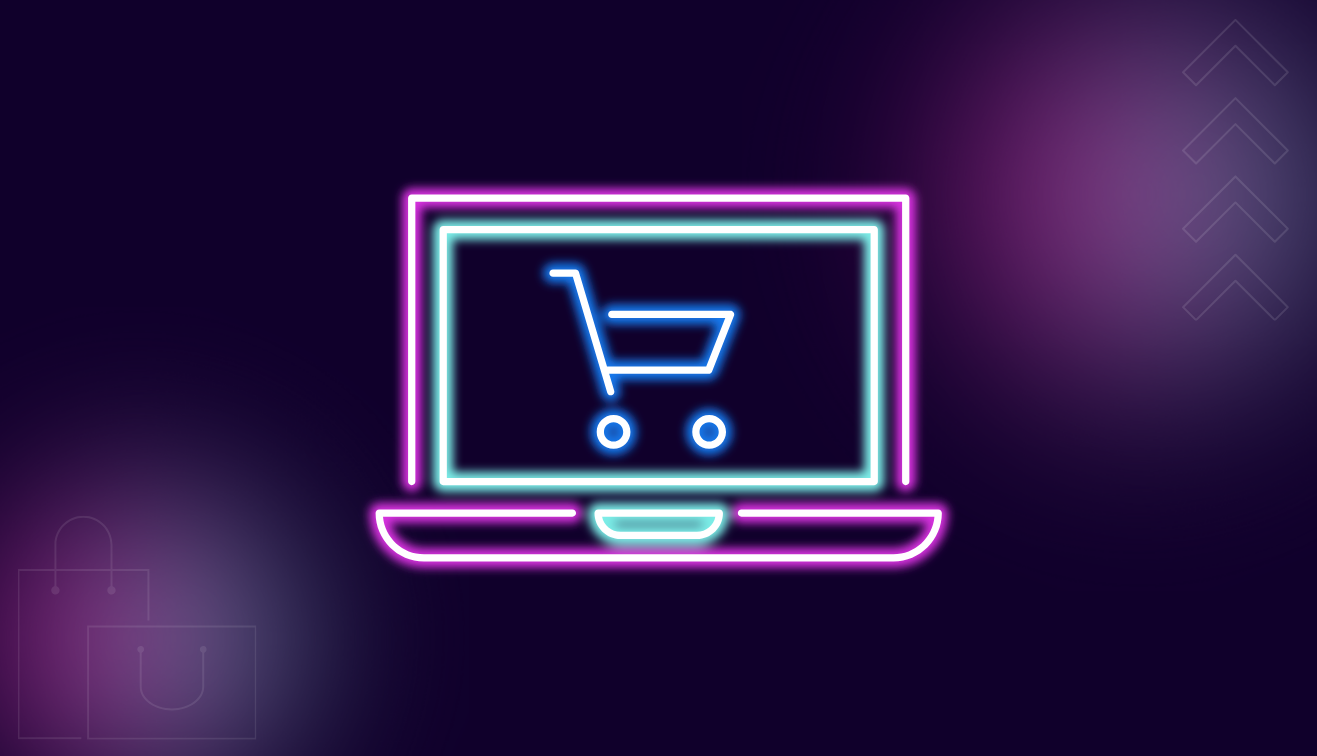
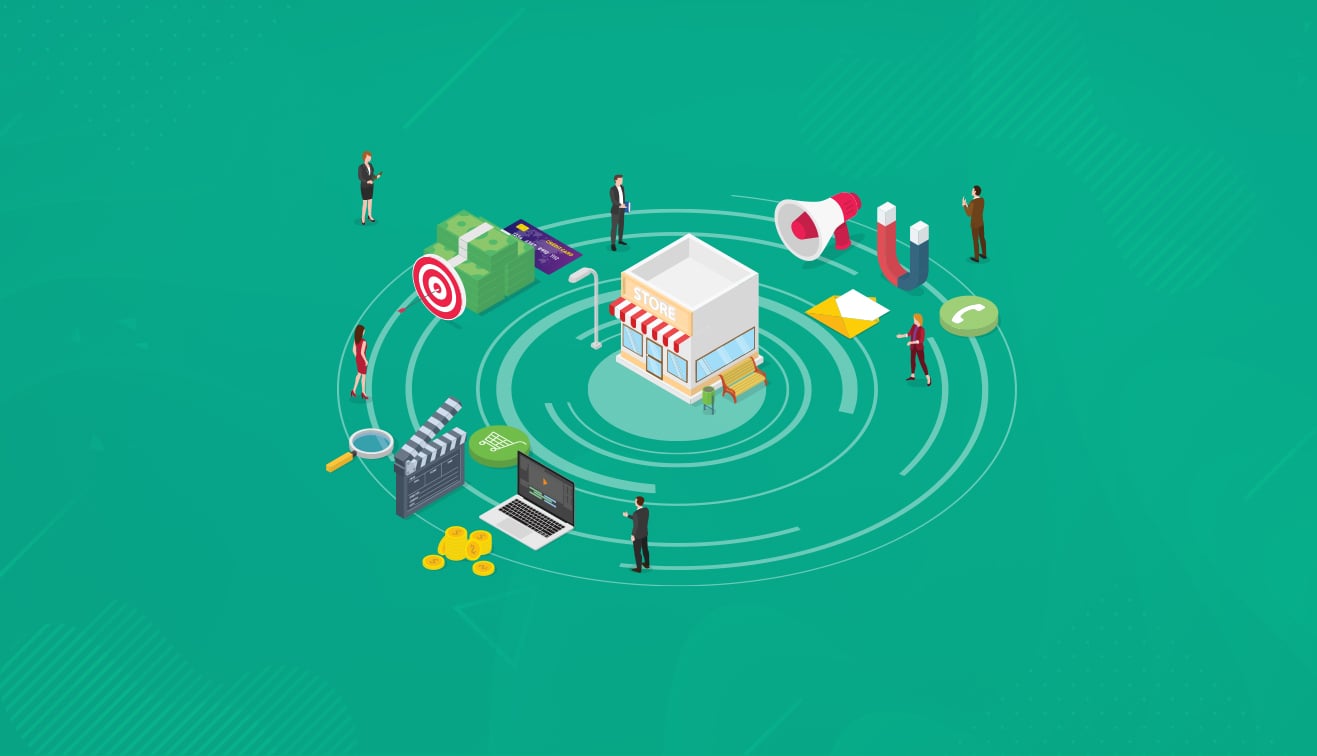
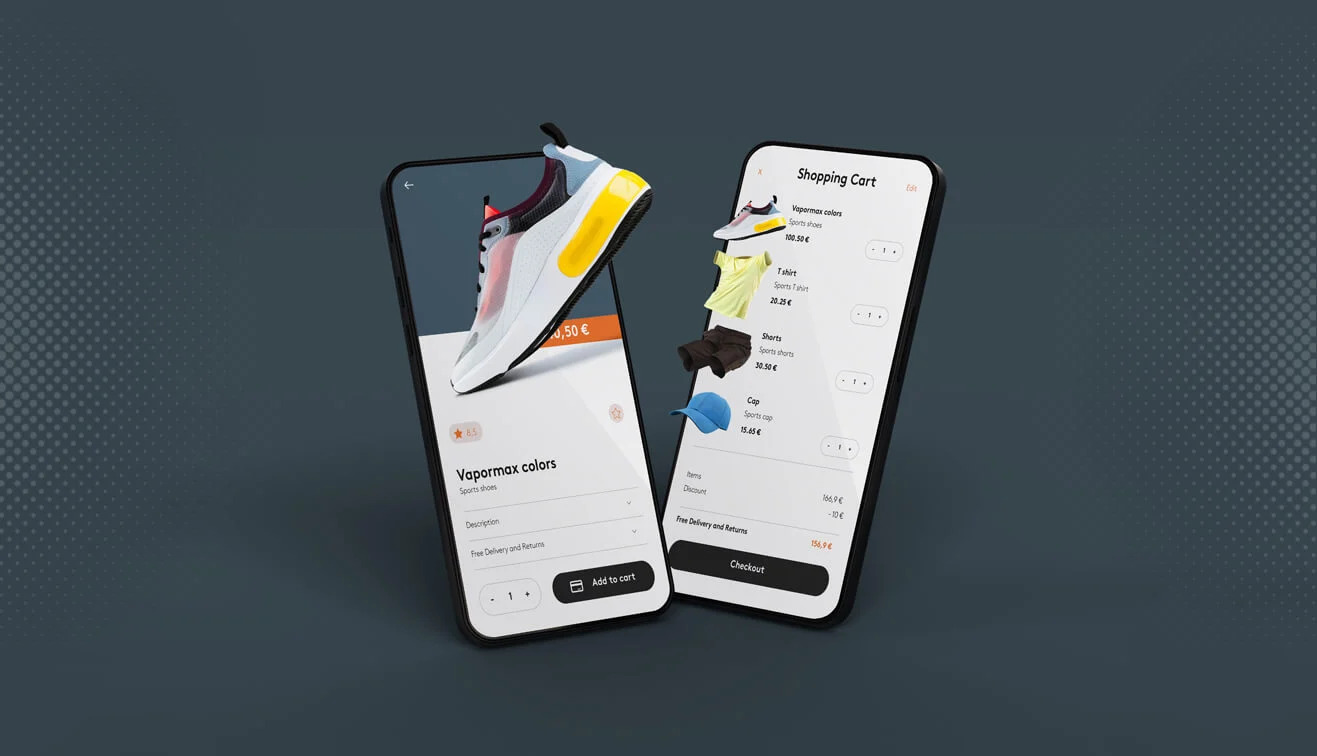
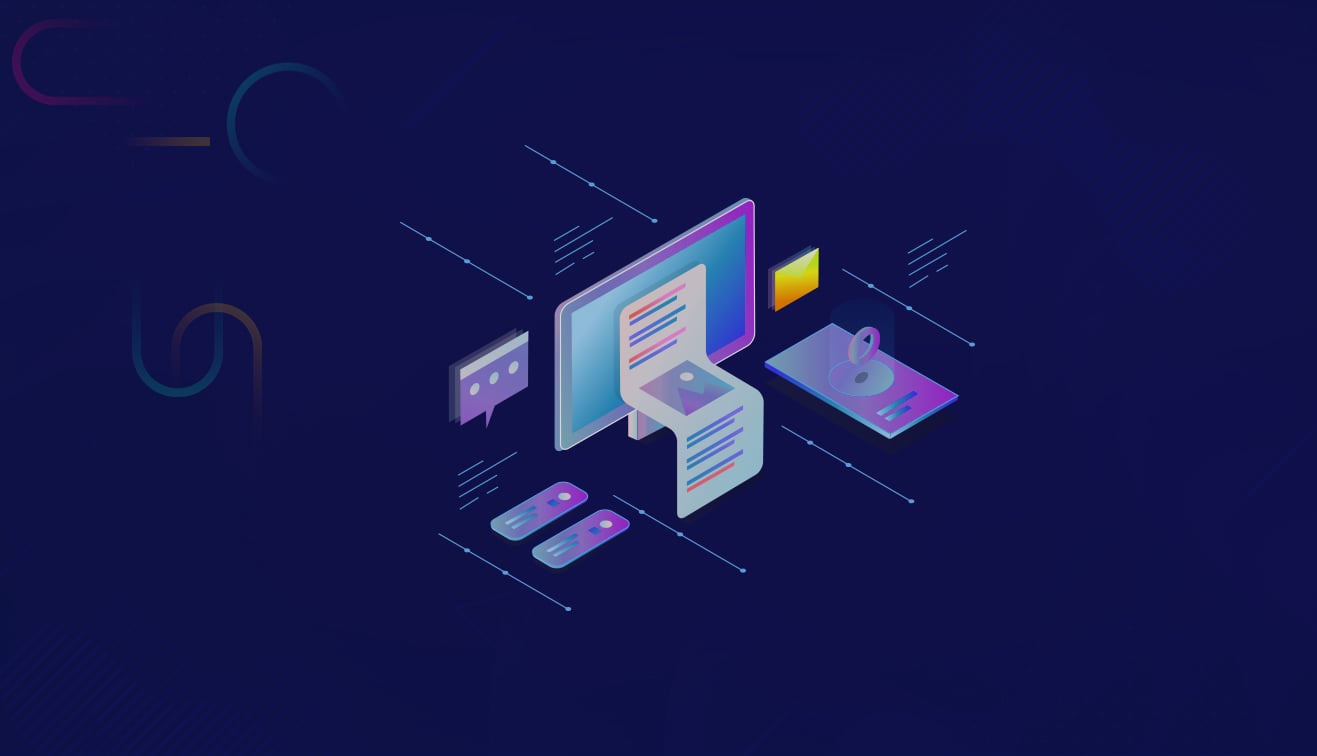
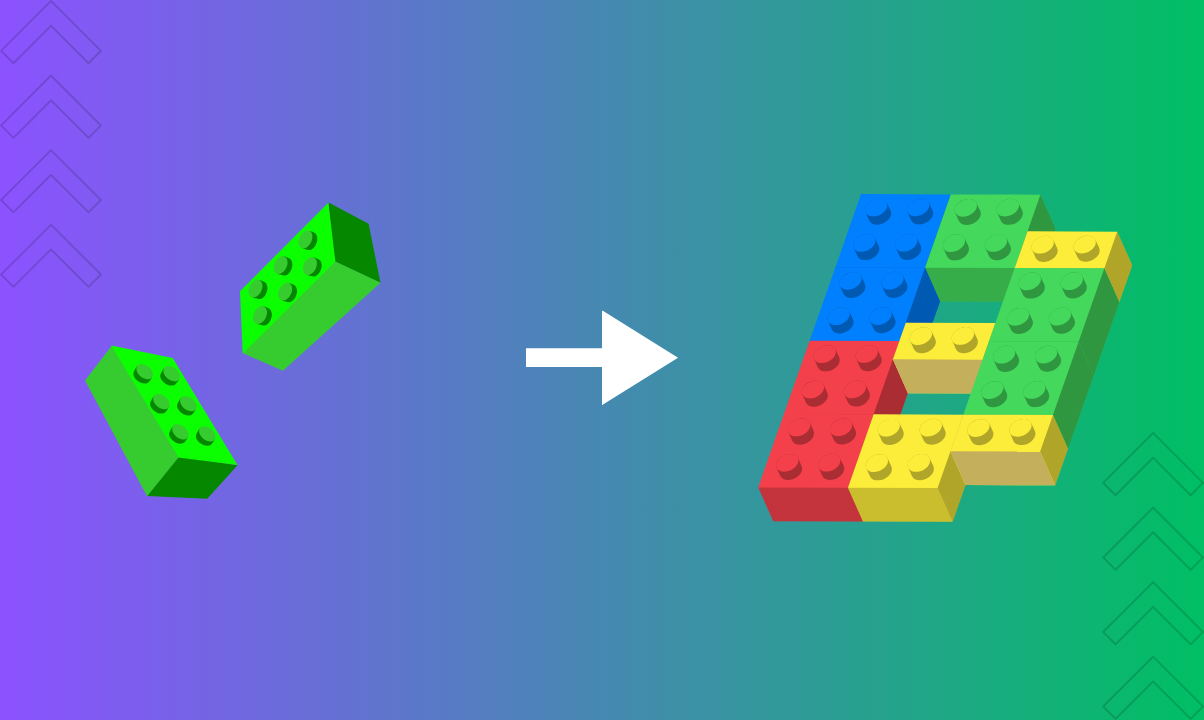

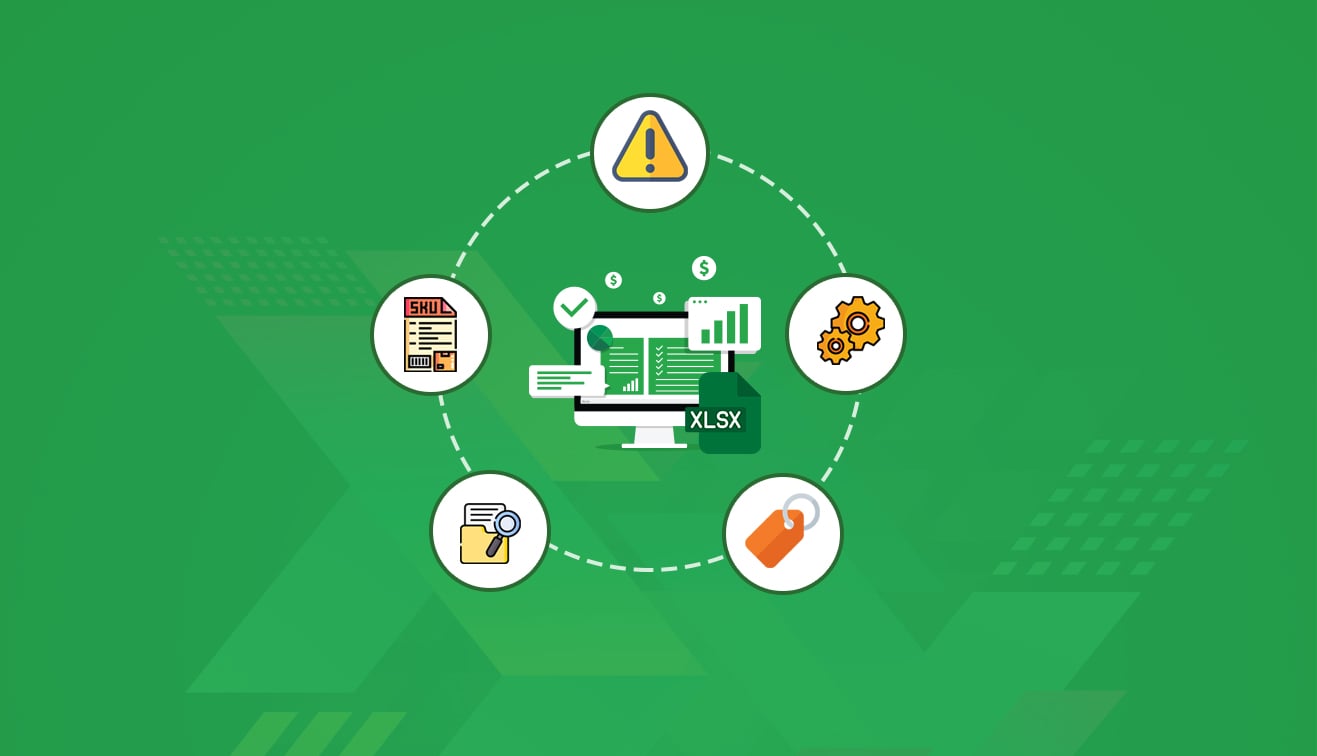
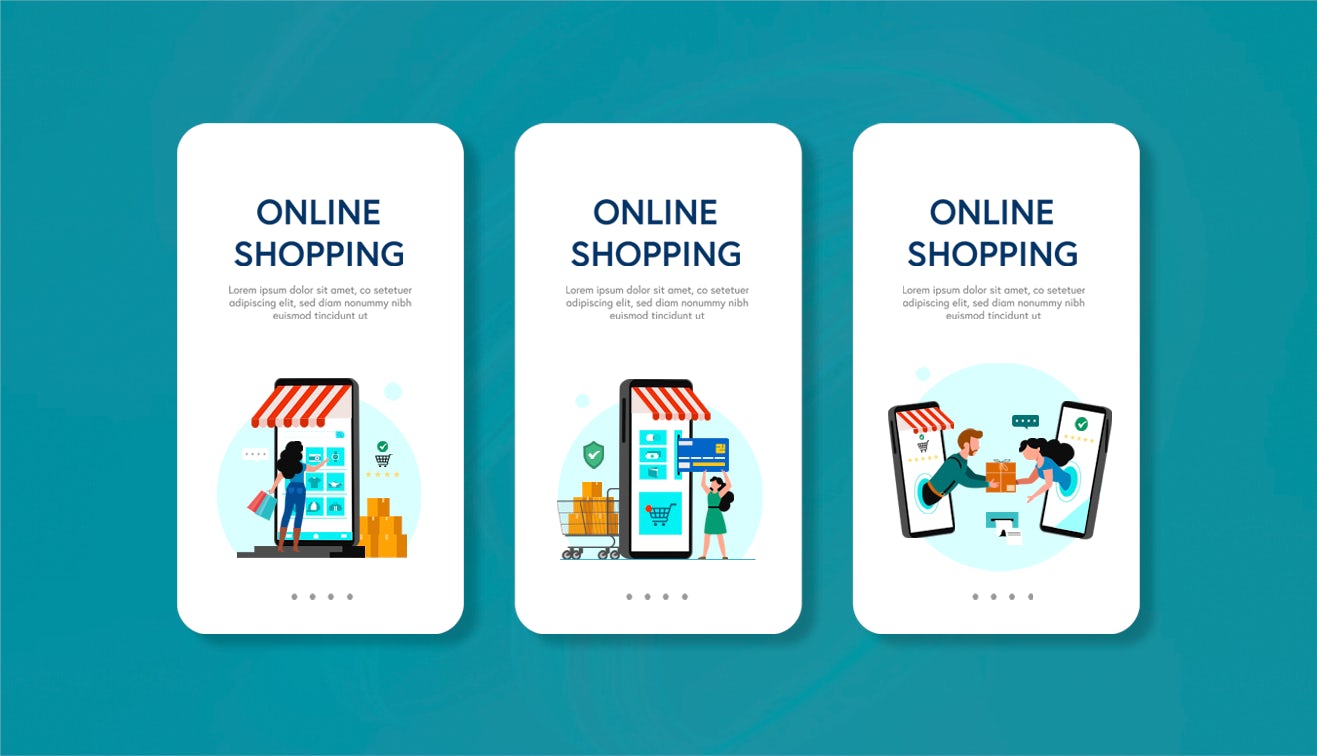
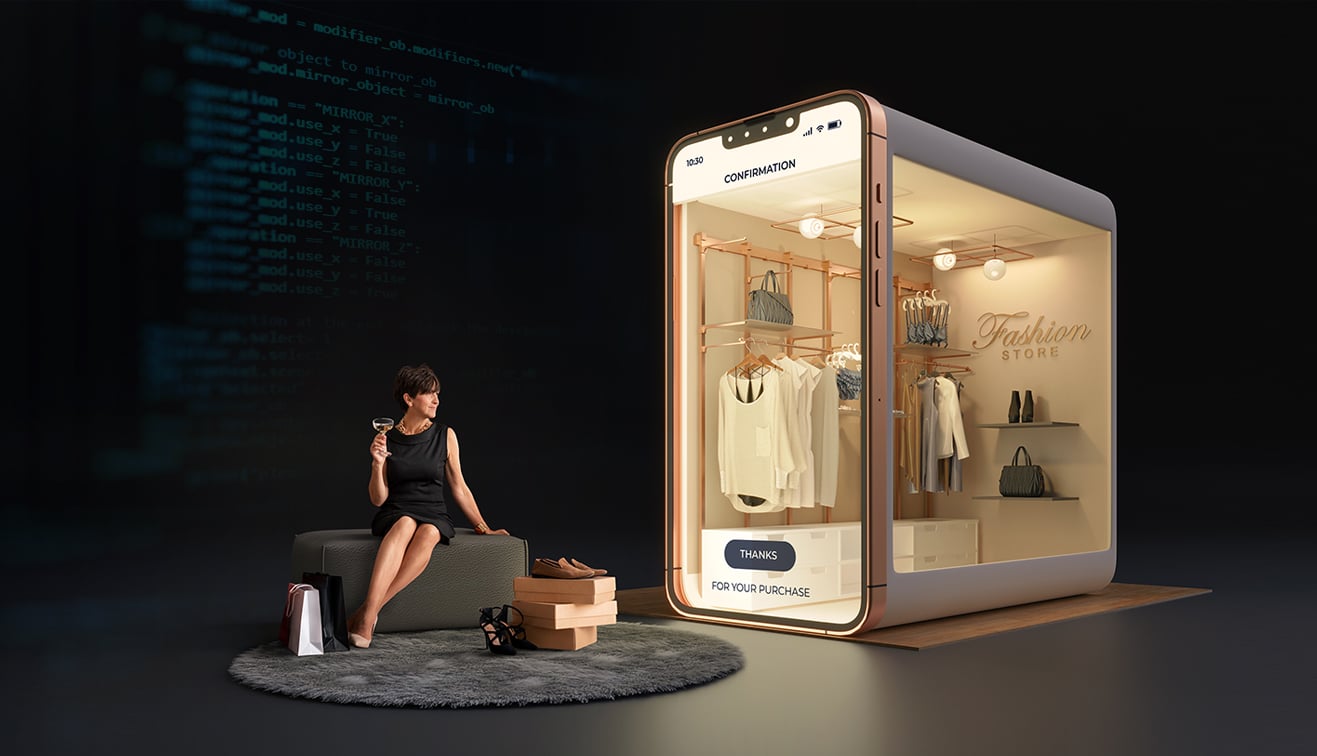
.jpg?w=3840&q=75)
